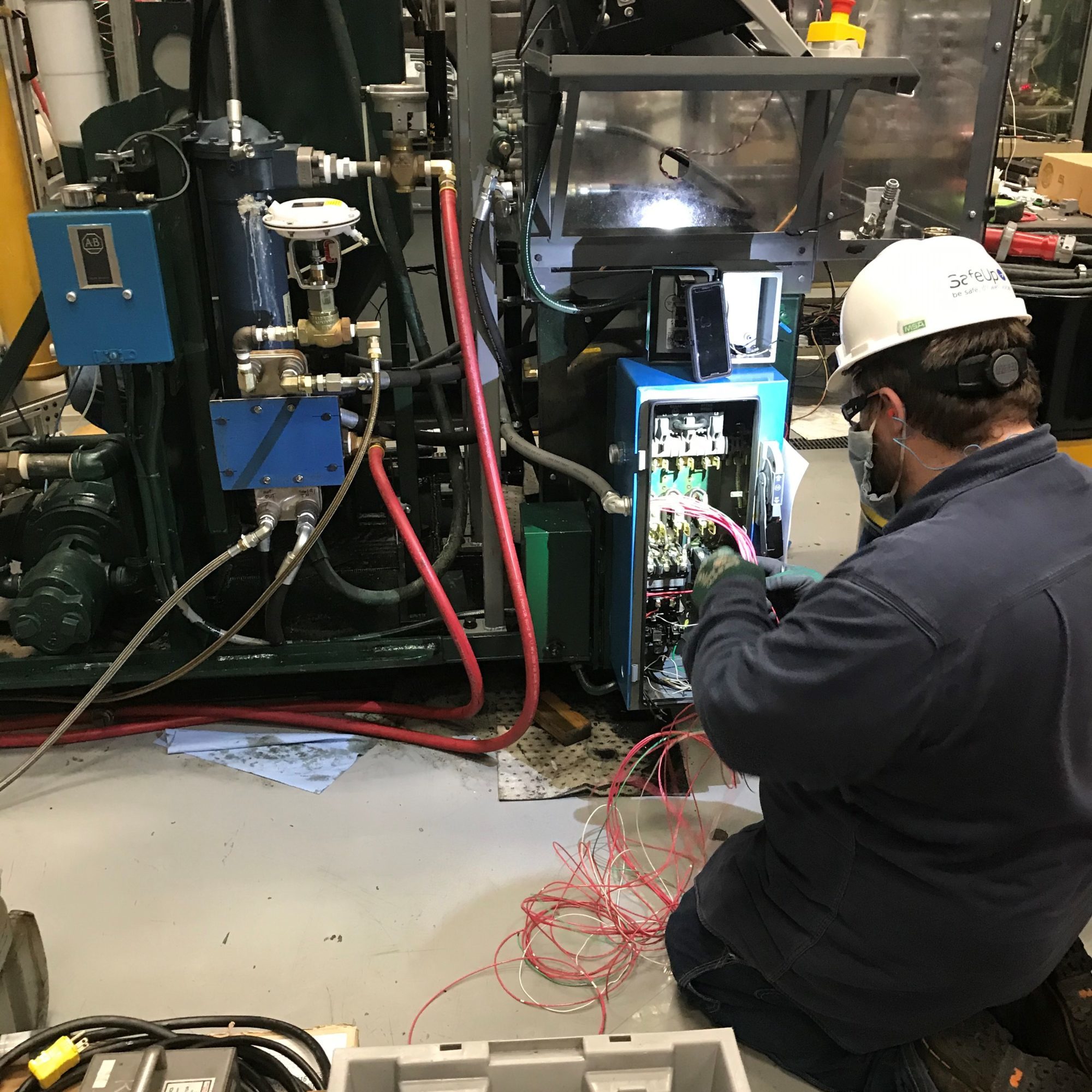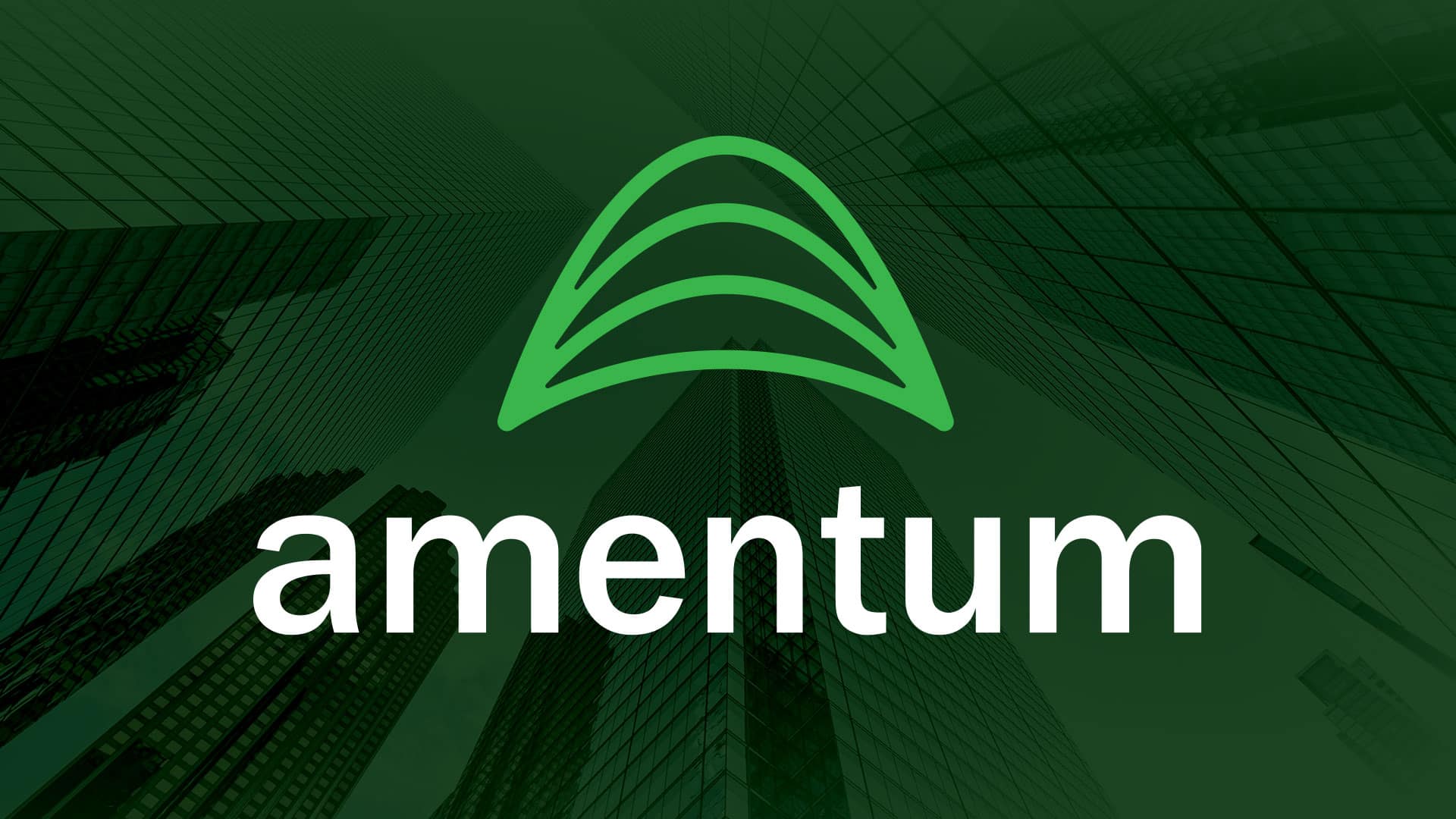Creating Safer Facilities During the COVID-19 Pandemic

The impact of COVID-19 on businesses cannot be understated. This includes the facilities they occupy and maintain and how they must adjust to a constantly changing environment for the health and safety of their employees. As a result, integrated facilities management companies must be able to respond to customer requests and changes in requirements at a very fast pace.
Amentum has been at the forefront of this effort, serving its clients since the start of the pandemic. Communication, leadership, and being a true partner have been the keys to success. In addition, several additional factors impact the ability to respond in an agile way.
Procurement
Having a dedicated procurement team supporting the business is extremely important, especially during a pandemic. This allowed us to quickly setup a national agreement with an emergency cleaning service provider for rapid response to a COVID-19 event, if needed. The scope of decontamination services setup in the agreement included spraying or fogging of an EPA registered and approved product; and following the CDC’s guidelines for hand wiping all touch points, removing all trash and debris, vacuuming all dust up to 6 feet, and cleaning/disinfecting walls and floors.
In addition, when certain materials were initially unavailable through the standard local suppliers, our procurement team’s ability to source difficult-to-obtain items such as PPE (KN95 and surgical masks, latex gloves) and hand sanitizer/stands was critical to being able to re-open the facilities.
Planning
While the procurement team set up a service agreement, our facilities maintenance (FM) team worked with the emergency cleaning service provider and the client’s safety, health, and environmental group to review safety data sheets and obtain approval for specific chemicals that would be used in common areas and labs if a COVID-19 cleanup was deemed necessary. The FM team also gathered information from the supplier including available resources in the local area, response time to an event, PPE requirements, cleaning scope of work, special training needed, and much more.
At the request of the client, our FM team developed a report that detailed “HVAC present status and readiness for COVID-19 challenges. This document evaluated recommendations and guidelines from the CDC, ASHRAE, OSHA, and others. for commercial general use buildings as compared to the actual conditions in the client’s facilities. Areas evaluated included air changes per hour, occupied mode hours, air handling unit filter MERV ratings, maintenance schedules, humidity, demand-controlled ventilation, and energy recovery devices. Some minor adjustments were made, such as operating building ventilation two hours longer than normal operation, but it was ultimately determined that the building’s HVAC systems aligned with or exceed the latest recommendations from all major government agencies and technical organizations.
Return-to-work planning was performed in partnership with the client to understand and identify how to prepare facilities for re-occupation. Tasks included:
- Identifying social distancing signage requirements based on room/space type, creating signage designs, and developing signage location floor plans as shown in the example below.
- Identifying hand sanitizer and disinfectant wipe locations.
- Furniture placement adjustments to meet social distancing requirements.
- Discussions about cleaning frequencies and implementing enhanced cleaning protocols (focusing on touchpoints) with our on-site janitorial subcontractor.
- Researching touch-free options and pricing to give the client alternative choices. Some examples are below.
Implementation
Once the planning phase ended and employee-tiered re-opening dates were determined, it was time to implement the strategies developed. Signage was procured and installed throughout the facilities.
Additional supplies of hand sanitizer and wipes were ordered. Hand sanitizer was placed at elevators, main entrances/lobbies, restrooms, pantries, and breakrooms, while disinfectant wipes were placed in conference rooms and at cubicle areas. Furniture was rearranged and/or removed to ensure social distancing and plexiglass installed at the cash registers in the cafeteria.
In addition to standard cleaning services, an enhanced cleaning program now focuses on touchpoints at a minimum of two times per day. We are looking to potentially expand that model by increasing touchpoint frequencies and/or utilizing electrostatic disinfectant sprayers (after hours) in the future.
Looking out for our clients’ best interests is what we strive for at Amentum. Whether it’s through procurement, planning, and implementation, or the efficient use of labor resources, we ensured a healthy and safe work environment making difficult decisions to support our clients during a once-in-a-lifetime pandemic.

